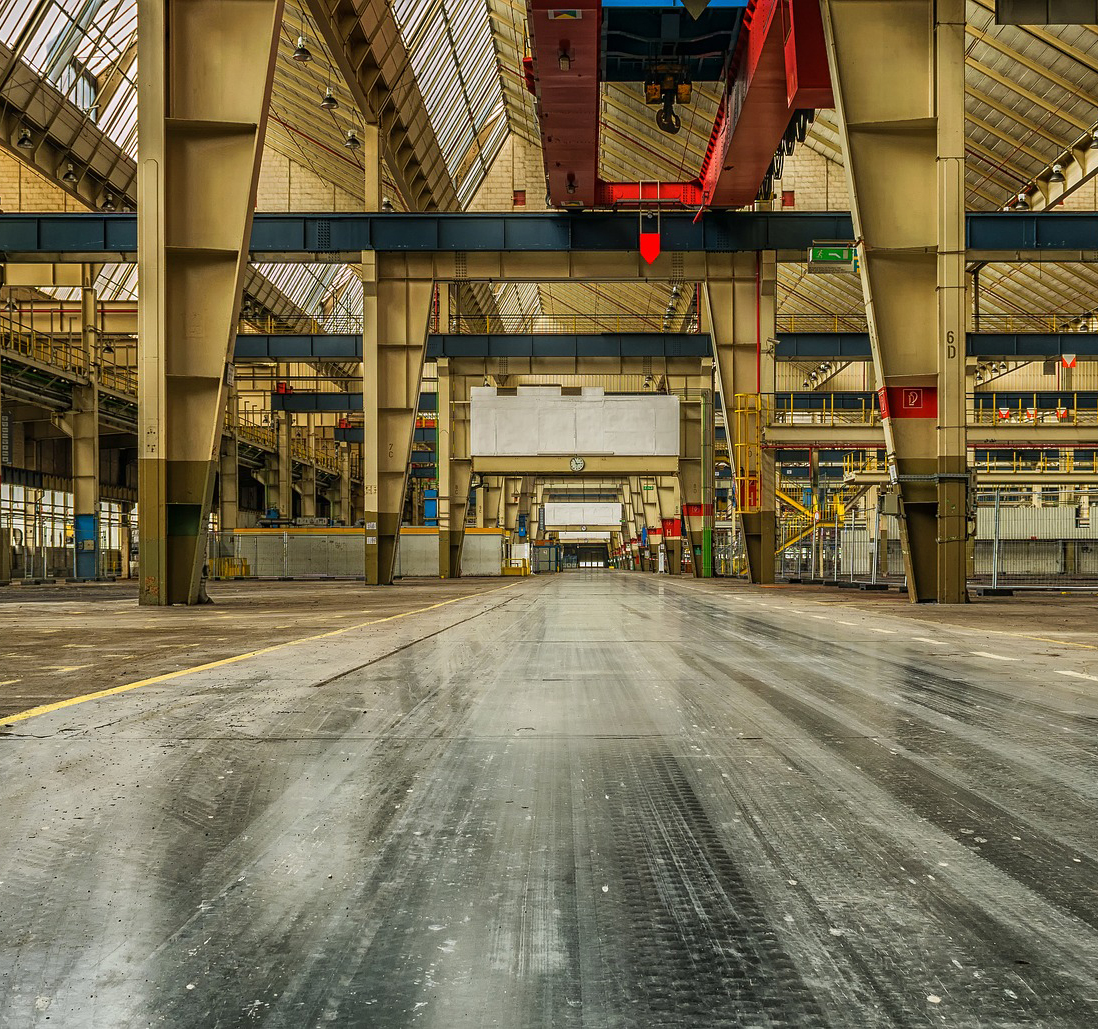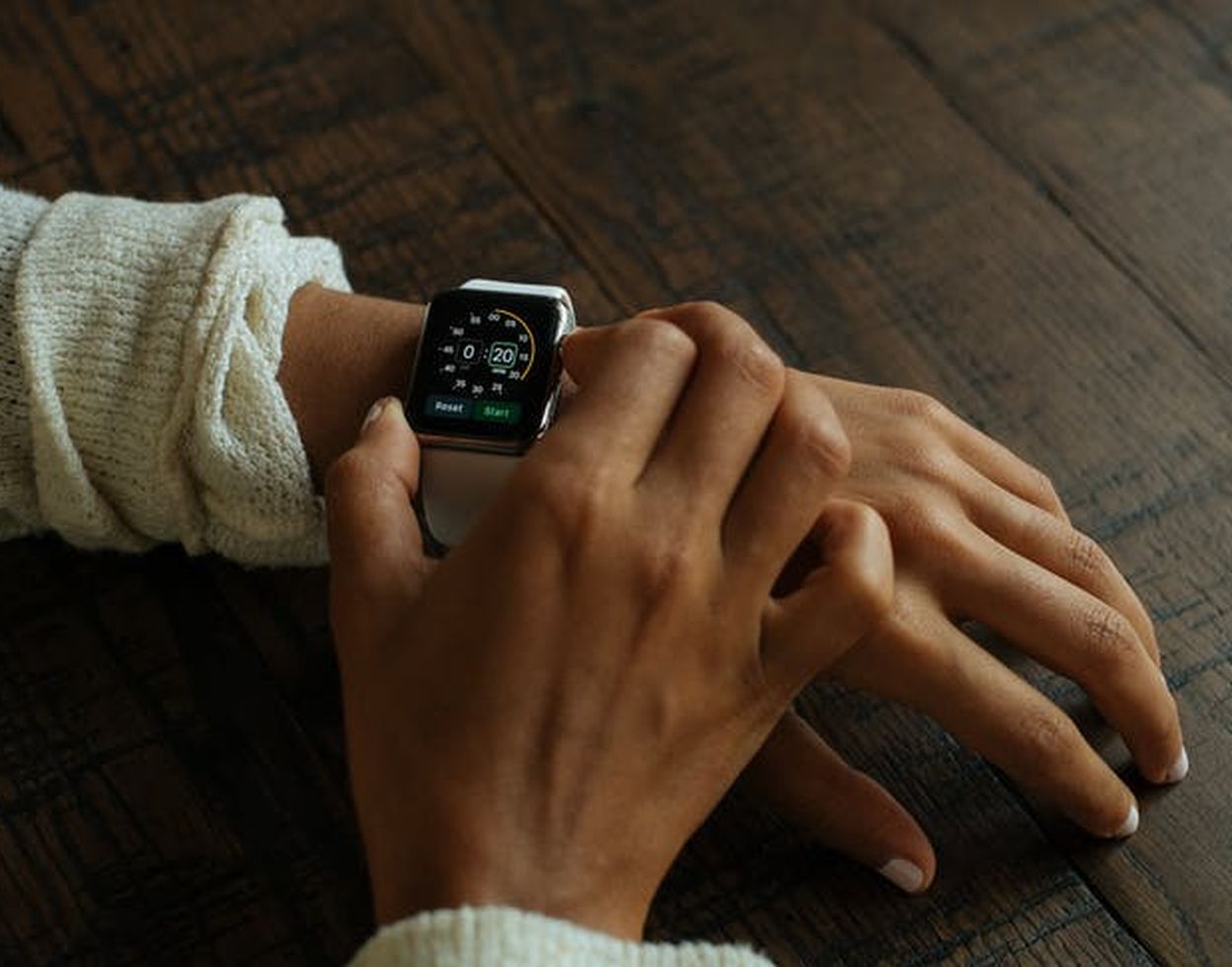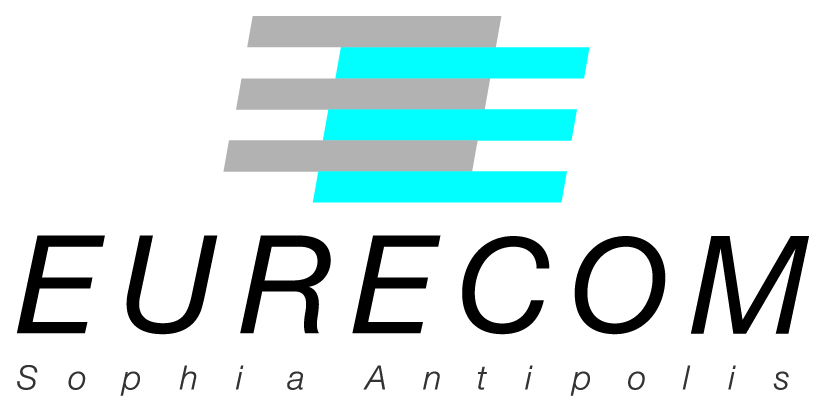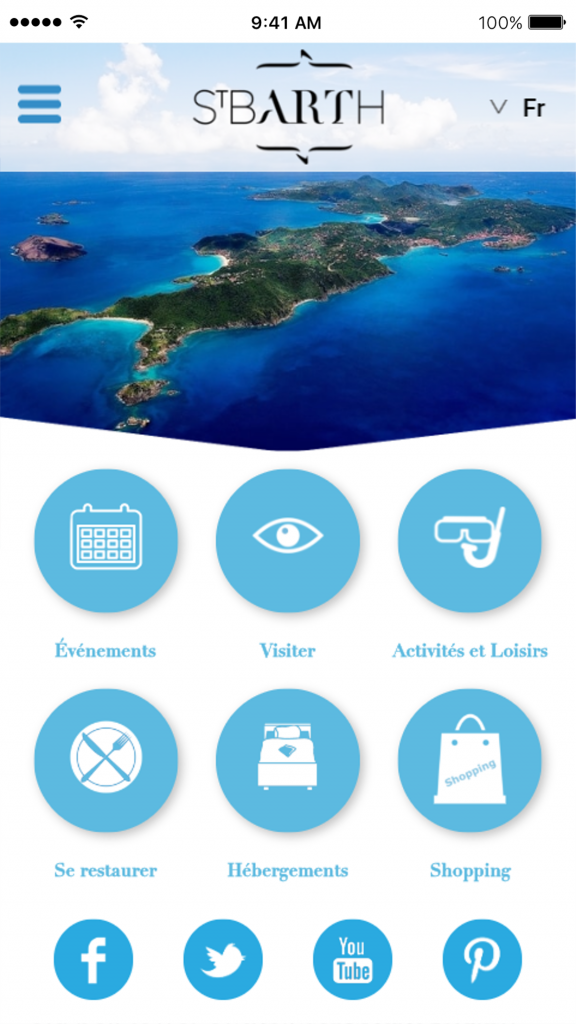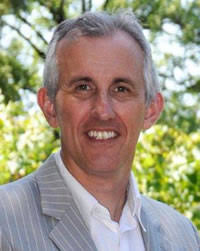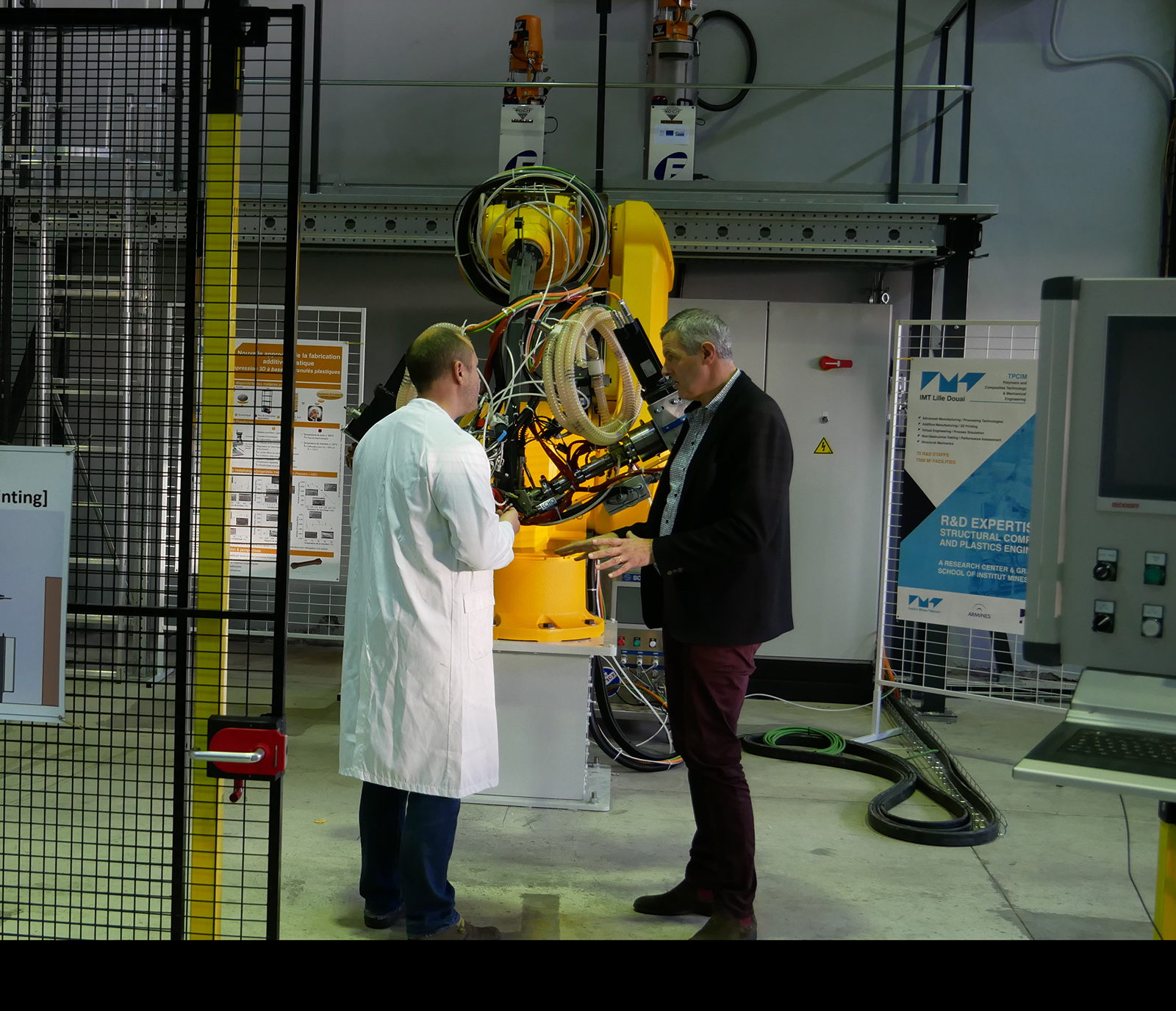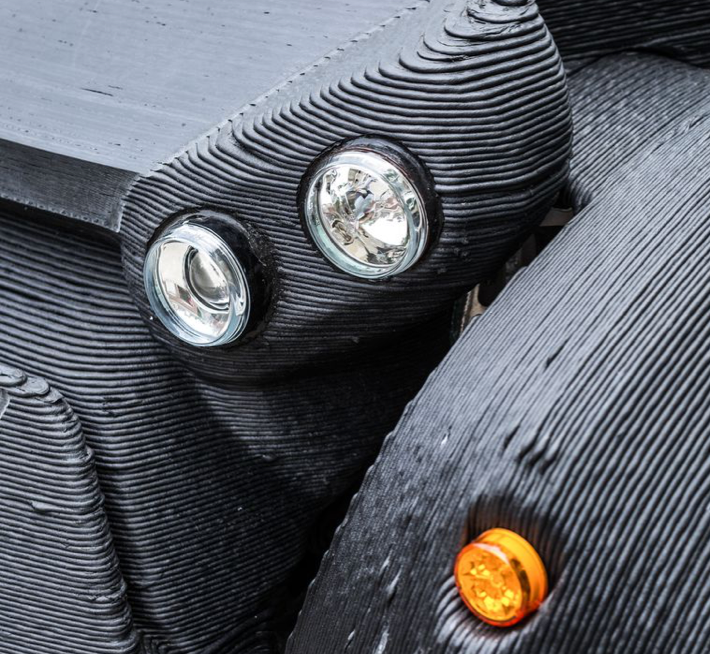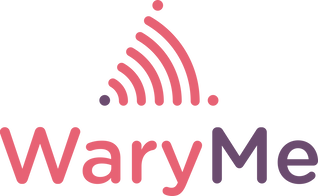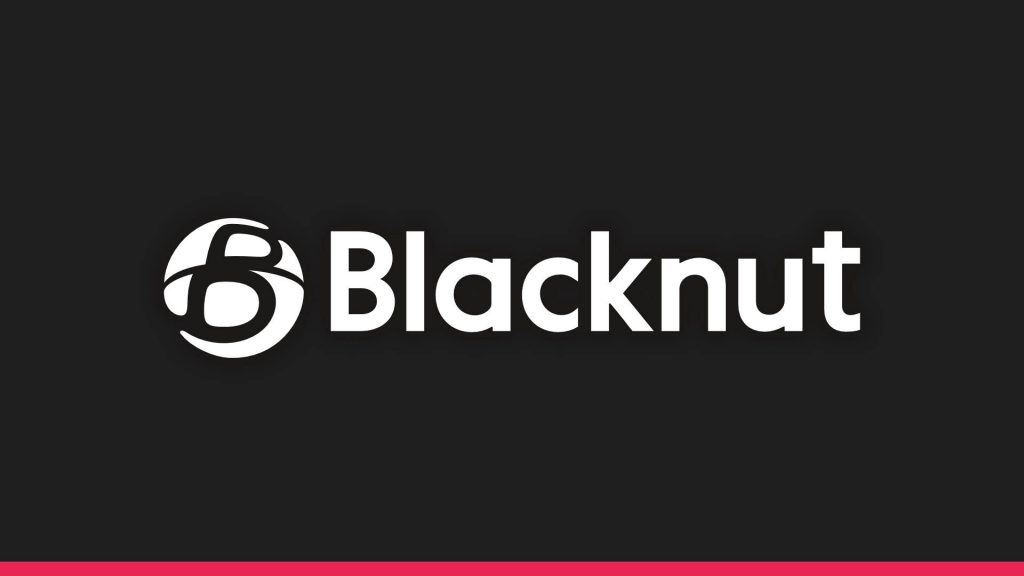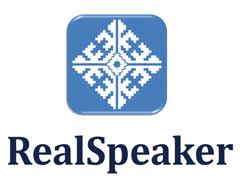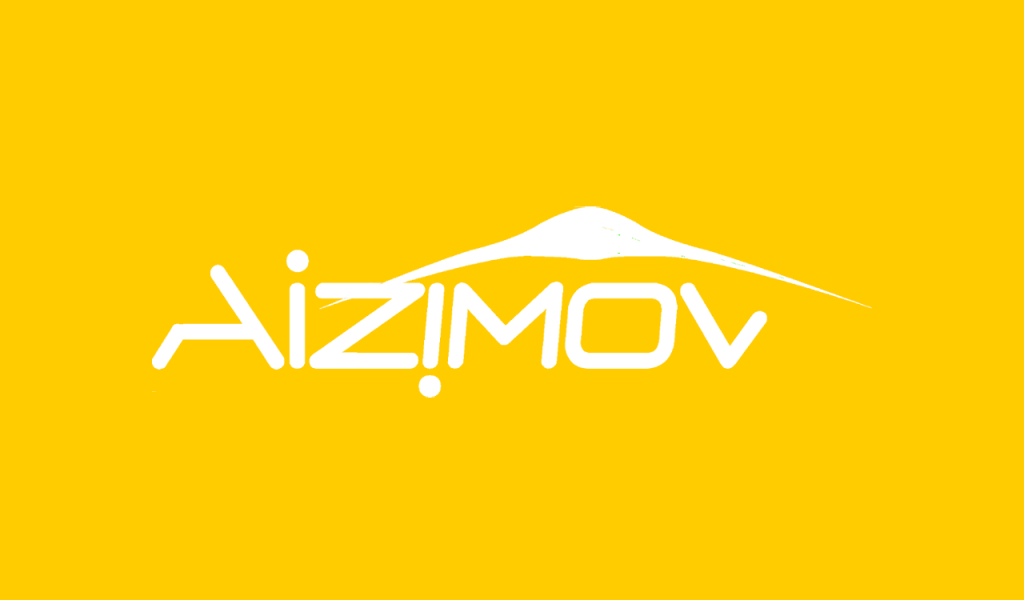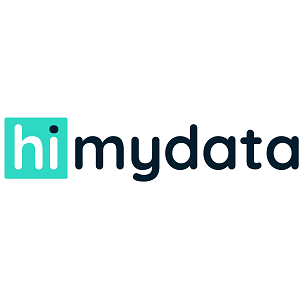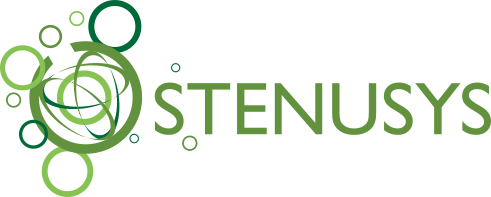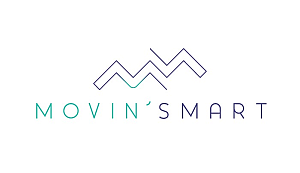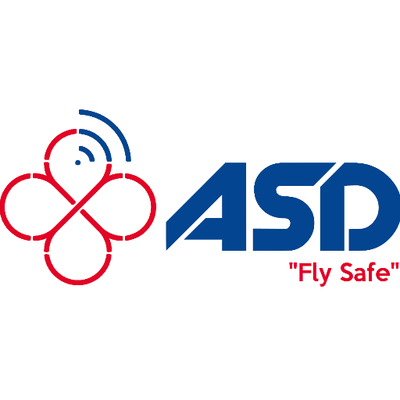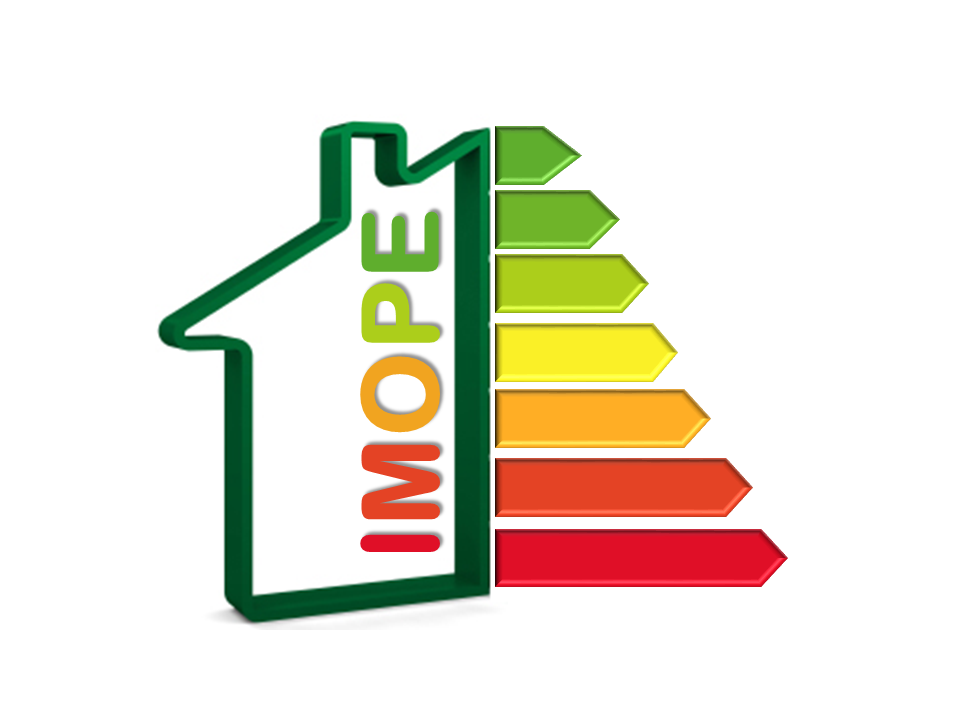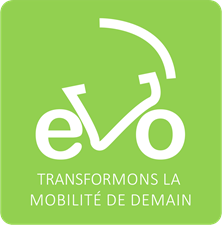From design to management, virtualization is inventing the industry of the future
How is industry reinventing itself? Three startups from the Télécom ParisTech incubator give us a glimpse of the changes underway in industry.
If the industry of the future is difficult to define, it is because it is as nebulous as the term used to describe it. Does it still make sense to talk about the “future” when the industrial world is already several years into its digital transformation? Although artificial intelligence and object network technologies may still be little-used, the modernization of processes is already a pressing issue for today’s industries. We can hardly use the term “industry of the present”— it isn’t sexy enough—and some prefer the term industry 4.0 over “industry of the future.” If indeed industries 1.0, 2.0 and 3.0 can be precisely defined and no one wonders what patch 2.1 or 3.2 refer to, we are free to choose our favorite term for this rapidly changing industry. Would “industry in transformation” not be a better name? This concept encompasses a plethora of technologies that do not have much in common, other than contributing to the same goal: reorganizing production facilities in a more intelligent way. This makes it difficult to attempt to identify a common thread to explain how industry is transforming. However, virtualization remains a cross-disciplinary theme for many different types of technologies. Technicians, engineers and managers increasingly rely on virtualization in their approach to the technical and organizational challenges they face.
Modeling and simulation software have been used in the design sector for several decades. The abbreviation CAD (computer-aided design) has become an everyday word for those involved in designing and manufacturing industrial parts. But the arrival of artificial intelligence (AI) has brought its share of changes. Smart tools are being developed. These tools do more than simply make it possible to design engineers’ ideas more efficiently: they have become an integral part of the design stage. “What’s important with AI is optimization,” explains Pierre-Emmanuel Dumouchel, founder of the startup Dessia. “The engineer works on pieces at the unit level and it’s difficult for him to optimize complicated layouts because he has to think about a large number of structures to find the best one.” The startup has developed a software program that uses AI to study a large number of layouts at the same time and find the best ones. The tool then models them virtually and provides engineers with different propositions. Engineers may then print the engineering drawings after they have been approved. In sectors such as the automotive industry, where drive shafts are increasingly complex, the Dessia software helps save time on the design and prototyping stages. Here, virtualization goes beyond helping to visualize systems. It bypasses a long process of study, reflection and comparing.
“A major headache”
For Philippe Gicquel, founder of CIL4Sys, there are other benefits to virtualization. One of them is that it helps simplify product specifications. The specifications stage involves establishing a written description of the product’s behavior, part by part. “This must be done to create specifications books for suppliers” explains the entrepreneur. With the rise of electronics, parts function in increasingly complex ways, making specifications increasingly long to write. “The electronic control unit for a car, which includes GPS, telephone and other functions, requires specifications with over 10,000 lines of text,” says Philippe Gicquel. “This is a huge headache for the engineering teams!” Rather than continuing to work on increasingly complicated documents, CIL4Sys uses advances in software engineering to simplify the specifications stage. Instead of writing out lines of text, engineers can use the startup’s tools to create diagrams to describe the objects involved, their actions and their interactions. In short, they create a sort of tree covering the events associated with the object and how it works (see video below). The generated codes may then be executed in a simulator developed by the startup and the specifications text is automatically generated. “We still send the requirements in a text document, but before doing so we also send a model showing how the product works and a simulation to ensure that the product behaves as it is supposed to,” explains the founder.
Example of the use of CIL4Sys tools on an automated parking lot management system:
The benefits of the CIL4Sys tools were demonstrated in a concrete example, when PSA put the startup in competition with an engineering firm to develop a specifications document. “We only used one engineer instead of the two our competitor used and we were given a 30% higher score by the PSA experts,” says Philippe Gicquel. By virtualizing this step the startup helps improve the clarity of operations. Engineers can now quickly get a sense of the progress of the specifications process for a given part, whereas before they had to decipher a lengthy text. “The design process is often represented as a V-shaped cycle: throughout the process leading to the prototype, the downward portion of the V, teams make their way through a dark tunnel because no one really knows where they are in the process. By introducing simulation starting in the specifications stage, we bring some light to this tunnel.”
Looking to video games for inspiration
Design in the broad sense has greatly benefited from the virtualization of specific processes in industrial activities, but it is not the only field to take advantage of the technology. The startup Perfect Industry develops tools for managing production lines inspired by technology from the video gaming world. The startup’s founder, Emmanuel Le Gouguec, sees two major strengths to draw on: “In the world of video games, there aren’t any consultants who spend hours training the player. And there is a motivational aspect that makes the experience fun and lively.” Based on this observation, the startup provides a complete virtualization of production lines. Sensors are installed in key locations to aggregate data about the machines’ performance. Using its Perfect Twin product, a manager can therefore visit a production line from his office using virtual reality (VR) and can access different data, such as the speed of the machines. This data may also be consulted using smartphones. “We are developing applications based on this idea, such as tracking virtual trips made by individuals with VR headsets,” says the founder. This helps provide a better understanding of how the space is situated and how people move through this space.
The entire goal of Perfect Industry’s projects focuses on managing the complexity for operators. Improving the performance of production lines is one of the challenges facing industry today. The data collected and quick immersion make it easier to identify losses. “Our tools provide managers with the same sorts of recommendations made by consultants,” explains Emmanuel Le Gouguec. To prove his point, he cites the example of a SME that needed to optimize its production line to reduce the cost of a product to respond to a call for tenders. “The recommendations made based on an analysis of data and the production space allowed them to increase line speed by 15%,” he says. He was able to achieve these results by looking for tools in another sector, that, according to the founder is not that different from industrial data processing. “There is a major division in the digital sector between people who do the same thing: make codes. From a technical perspective, what we do is a common part of the video gaming world. We simply apply it to factories.” So transforming industry may not only mean looking to future technologies. Importing what is done in neighboring sectors also appears to be a promising way to drive progress.

